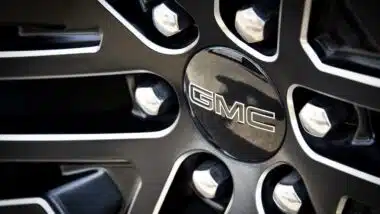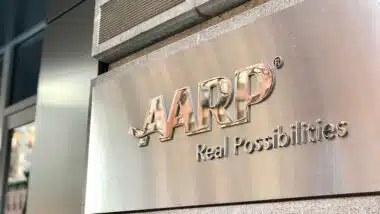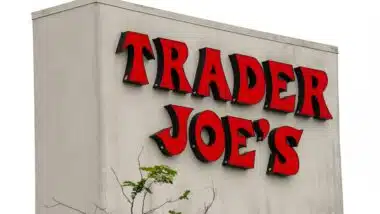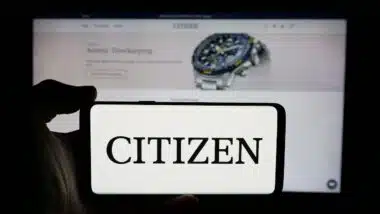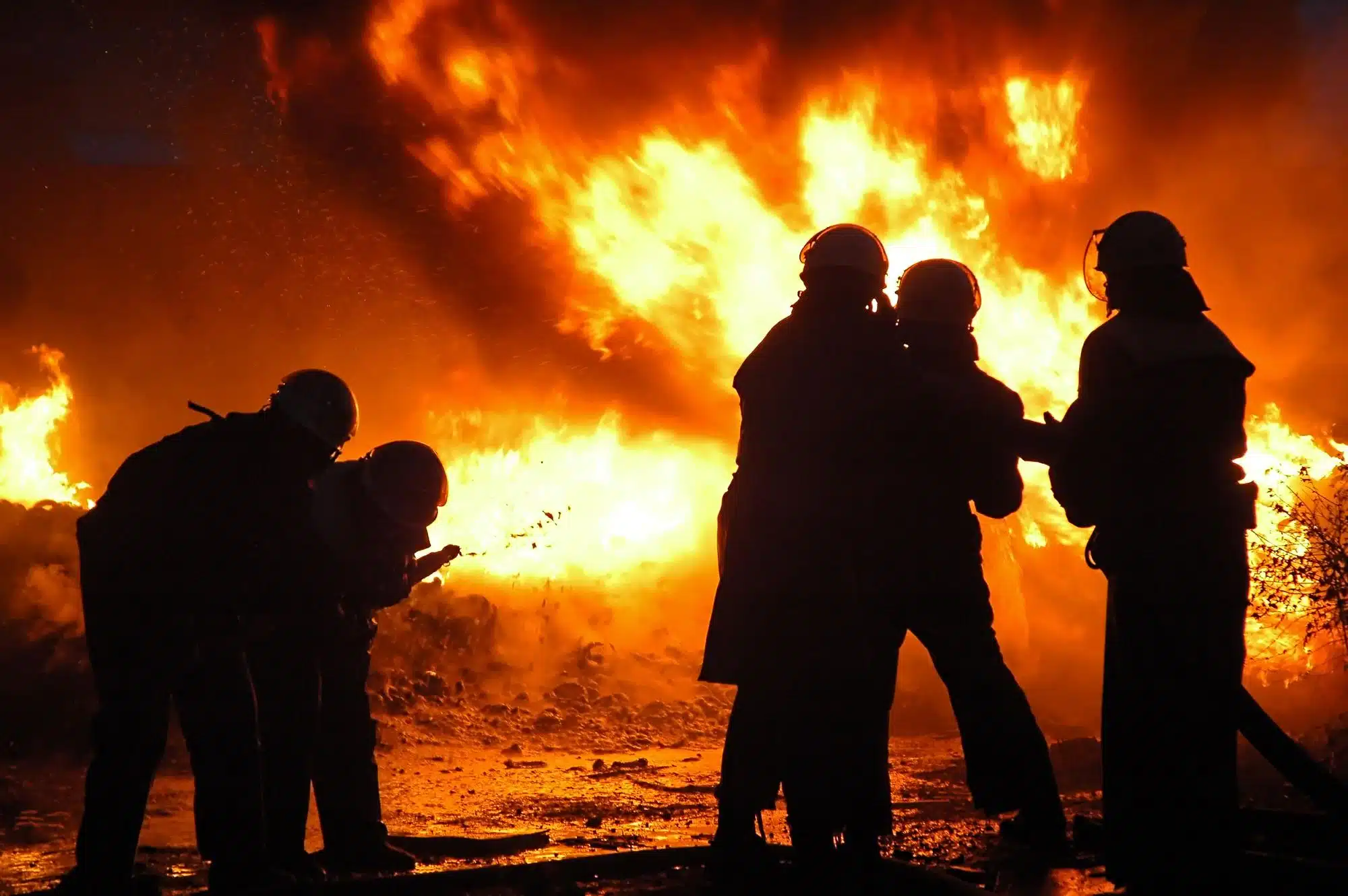
Victims of California wildfires caused by equipment owned by utilities company Pacific Gas and Electric may be eligible to receive up to $25,000 in compensation as part of the company’s bankruptcy settlement.
PG&E Bankruptcy Settlement
In January 2019, Pacific Gas and Electric announced that the company was filing for Chapter 11 bankruptcy in response to the approximately $30 billion it was facing in California wildfire lawsuit claims regarding several California wildfires. Chapter 11 bankruptcy allows companies to reorganize their debts and assets, often by downsizing, reducing expenses, or liquidation. In many cases, companies are able to continue operating through Chapter 11 bankruptcy, or resume operations after exiting bankruptcy.
The PG&E bankruptcy announcement was made after the California Department of Forestry and Fire Protection (Cal Fire) found the company responsible for igniting several wildfires between 2015 and 2018. Many of the power lines and towers owned by the utilities company were decades old, or in states of disrepair. In several cases, sparks from this degrading equipment came into contact with dry brush or trees and started fires.
These fires include the Butte Fire, North Bay Fires, and Camp Fire. Cumulatively, these fires burned across more than 469,000 acres, causing at least $30 billion in damage, and resulting in the deaths of 131 people. Hundreds of other people suffered injuries, and thousands of people were displaced from their homes due to fire and smoke. As California continues to experience massive wildfires, many of these victims may have suffered from physical, mental, or financial damages due to multiple fires.
As part of the PG&E bankruptcy restructuring plan, the Fire Victim Trust was founded. This trust has been funded by PG&E in order to provide victims of several wildfires with compensation for property damage, injuries, loss of income, medical expenses, wrongful death, emotional distress, and other damages. More than 400,000,000 shares of PG&E stock have been added to the trust, in addition to more than $5.3 billion. Victims of the 2015 Butte Fire, 2017 North Bay Fires, and 2018 Camp Fire are able to submit their claims to the trust, and potentially receive settlements of up to $25,000.
How Can You File a Claim with the Fire Victim Trust?
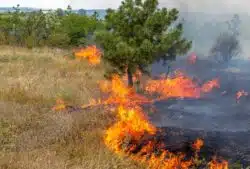 Victims who qualify to file a claim with the trust may do so on the trust’s website. The trust began receiving claims in July 2020, and the deadline for filing a claim with the trust is Dec. 31, 2020. In addition to filling out a questionnaire, victims may be required to submit photos or videos of property damage or injuries, home or business appraisals, pay stubs showing a loss of income, medical bills and records, or other evidence to support their claims of suffering fire-related damages. Approximately 80,000 victims are expected to apply for compensation through the fund.
Victims who qualify to file a claim with the trust may do so on the trust’s website. The trust began receiving claims in July 2020, and the deadline for filing a claim with the trust is Dec. 31, 2020. In addition to filling out a questionnaire, victims may be required to submit photos or videos of property damage or injuries, home or business appraisals, pay stubs showing a loss of income, medical bills and records, or other evidence to support their claims of suffering fire-related damages. Approximately 80,000 victims are expected to apply for compensation through the fund.
Although victims are not required to hire an attorney in order to submit a claim with the Fire Victim Fund, having an experienced legal expert to help you through the process may make it more likely that your claim is approved.
An experienced attorney may be able to ensure that you submit all of the required evidence by the deadline. Additionally, an attorney may be able to review any settlement offers you have already received from your insurer or other entities to make sure that you are receiving all of the compensation you are owed. Some California residents who were affected by wildfires have reported being offered low ball settlement sums from their home or property insurer. A qualified attorney may be able to determine whether you have been offered an appropriate sum.
Join a Free California Wildfire Property Damage Lawsuit Investigation
If you experienced property damage or tree damage during the California wildfire 2020 season, your insurance company should cover your losses.
If you believe your insurer underpaid you for your losses, or if you were underinsured, it is not too late to fight for the compensation you deserve.
This article is not legal advice. It is presented
for informational purposes only.
ATTORNEY ADVERTISING
Top Class Actions is a Proud Member of the American Bar Association
LEGAL INFORMATION IS NOT LEGAL ADVICE
Top Class Actions Legal Statement
©2008 – 2025 Top Class Actions® LLC
Various Trademarks held by their respective owners
This website is not intended for viewing or usage by European Union citizens.




